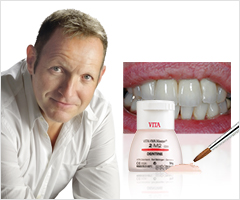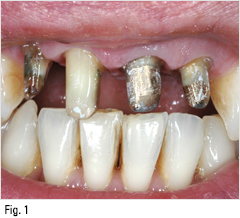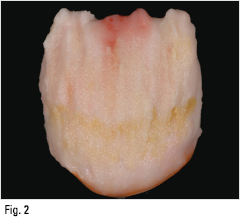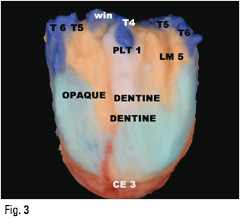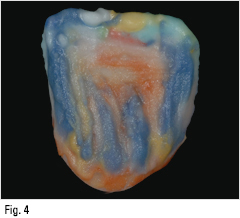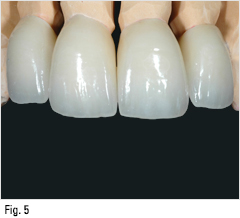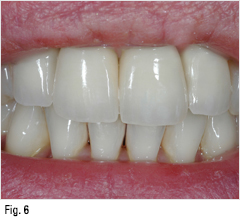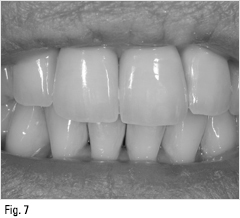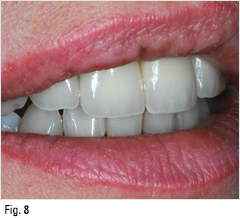By Jürgen Freitag, Master Dental Technician
As Jürgen Freitag, Master Dental Technician (JF Dental, Bad Homburg, Germany) knows from decades-long experience, "Aesthetic perfection is the result of combining innovation with tradition". Besides working with state-of-the art materials and CAD/CAM technology, the veneering expert, who specializes in highly esthetic prosthetic solutions, also values the benefits of metal-ceramic restorations. This allows him to combine the best of both worlds and offer his customers excellent results.
What I value most of all is the versatility and the great esthetic potential of metal ceramics, especially that of VITA VMK Master. For certain indications, such as discolored stumps or attachments, I even prefer solutions with metal substructures to those made of zirconium dioxide. A good example of this was the case of a 35-year-old female patient who presented with severely discolored stumps that required masking (Fig.1). With an all-ceramic solution the grey shade of the discolored stumps would show through the veneer, making it a good case for VITA VMK Master.
The case described here is a standard case with a seemingly low potential for achieving a spectacular result. These standard cases, however, are often the very ones in which visibly beautiful results can be achieved with relatively little effort. The secret of success lies in concentrating on the essential: the shape, the color and the surface quality.
 It appears that you are currently in Estados Unidos.
It appears that you are currently in Estados Unidos.
